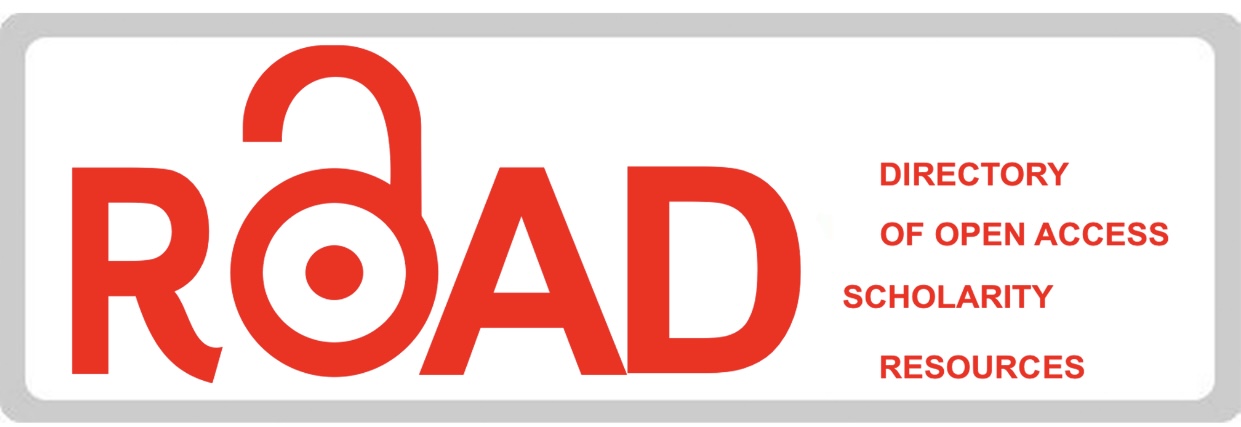Ekonomi Politik dalam Pembangunan Masyarakat di Era Digital Berbasis Komunitas Religi
Downloads
This research explores the relationship between economic, political and religious factors in the context of religion-based digital communities. The Islamic religious community was chosen with the consideration that it is the religion of the majority of the Indonesian population, so that both the real and virtual worlds in the context of community development are definitely dominated by followers of the Islamic religion. This research uses a virtual ethnographic approach and digital critical discourse analysis to investigate the political economic dynamics that influence the development of society in the digital era based on religion. Virtual ethnographic methods allow researchers to investigate the interactions, norms, and values that emerge in the digital space of religious communities. With technological advances, elements of political economy are becoming increasingly visible in societal activities. Critical digital discourse analysis will reveal how political economic narratives are constructed, maintained, or contested in the digital space of religious communities. This research aims to increase our understanding of how political and economic forces are interrelated and how religious values influence the growth of society in the digital era. In addition, the results are expected to help stakeholders create better policies to manage political economic dynamics in the context of faith-based communities in the modern era.
Keywords: Community Development, Digital Society, Religious Community
Abiddin, N. Z., & Ro'is, I. (2023). A Systematic Review on Non-Governmental Organization Role and Strategies During COVID-19 Pandemic. Academic Journal of Interdisciplinary Studies, 12(5), 120. https://doi.org/10.36941/ajis-2023-0131
Alisjahbana, A. S., & Murniningtyas, E. (2018). Tujuan Pembangunan Berkelanjutan di Indonesia: Konsep, Target dan Strategi Implementasi (Kedua). Unpad Press.
Asri, C. (2022). Komodifikasi Agama Pada Website Gerakan Islam Cinta [UIN Sunan Kalijaga]. https://digilib.uin-suka.ac.id/id/eprint/56609/
Batubara, A., & Malik, A. (2014). Komodifikasi Agama dalam Ruang Politik di Seberang Kota Jambi. Kontekstualita: Jurnal Penelitian Sosial Keagamaan, 29(2), 145818.
Baudrillard, J. (1981). Simulacres et simulation. Galilee.
Budiarti, S. (2017). Komodifikasi Simbol Keagamaan (studi Pada Masjid Kubah Emas Dian Al-Mahri Depok) [Doctoral, Universitas Negeri Jakarta]. http://repository.unj.ac.id/27325/
Carrasco, S., Dangol, N., & Faleh, M. (2023). Rethinking social networks in responding to COVID-19: The case of African migrants in Melbourne's Public Housing. International Journal of Disaster Risk Reduction, 98, 104073. https://doi.org/10.1016/j.ijdrr.2023.104073
Dodd, W., Brubacher, L. J., Speers, S., Servano, D., Go, D. J., & Lau, L. L. (2023). The contributions of religious leaders in addressing food insecurity during the COVID-19 pandemic in the Philippines: A realist evaluation of the Rapid Emergencies and Disasters Intervention (REDI). International Journal of Disaster Risk Reduction, 86, 103545. https://doi.org/10.1016/j.ijdrr.2023.103545
Firdaus, M. Y., Alfathah, S., & Rusmana, D. (2022). Komodifikasi Al-Qur'an dalam Media Digital. Mutawatir : Jurnal Keilmuan Tafsir Hadith, 12(2), 243–260. https://doi.org/10.15642/mutawatir.2022.12.2.243-260
Hartogsohn, I. (2022). Virtual Daime: When Psychedelic Ritual Migrates Online. Frontiers in Psychology, 13, 819994. https://doi.org/10.3389/fpsyg.2022.819994
Harun, M. F., Amos@Mohd Fadly, F. V., Nik Abdullah, N. N., & Al Bakry, N. S. (2023). The Effects of Religiosity in Ads Toward Brand Image. Jurnal Komunikasi: Malaysian Journal of Communication, 39(2), 119–135. https://doi.org/10.17576/JKMJC-2023-3902-07
Mader, P. (2024). Orchestrating self-empowerment in tribal India: Debt bondage, land rights, and the strategic uses of spirituality. World Development, 174, 106440. https://doi.org/10.1016/j.worlddev.2023.106440
Mahdi, S., Daly, P., Fitria, I., Mundzir, I., Rubianty, D., Srimulyani, E., & McCaughey, J. W. (2023). Remarriage strategies for post-disaster widows and widowers following the 2004 Indian Ocean tsunami in Aceh, Indonesia. Progress in Disaster Science, 19, 100289. https://doi.org/10.1016/j.pdisas.2023.100289
Mega, A. (2016, July 20). Pembangunan Masyarakat "Bottom-Up” Perspektif Fenomenologi. Komunikasi UNISA Yogyakarta. https://komunikasi.unisayogya.ac.id/pembangunan-masyarakat-fenomenologi/
Mosco, V. (1996). The political economy of communication: Rethinking and renewal. Sage Publications.
Nurohman, D. (2022). Selling Religious Rituals in Indonesia: Commodification of Umrah Pilgrimage by Travel Agents. Journal of Indonesian Islam, 16(2), 399. https://doi.org/10.15642/JIIS.2022.16.2.399-425
Pribadi, Y. (2019). The Commodification of Islam in the Market Economy: Urban Muslim Studies in Banten. Afkaruna, 15(1). https://doi.org/10.18196/AIIJIS.2019.0096.82-112
Srinarwati, D. R., Pratiwi, P. S. E., & Arimbi, D. A. (2020). Simulacra in women's majelis taklim based on Jean Baudrillard's perspective. Jurnal Studi Komunikasi (Indonesian Journal of Communications Studies), 4(3), 632. https://doi.org/10.25139/jsk.v4i3.2677
Thouki, A. (2022). Heritagization of religious sites: In search of visitor agency and the dialectics underlying heritage planning assemblages. International Journal of Heritage Studies, 28(9), 1036–1065. https://doi.org/10.1080/13527258.2022.2122535
Zheng, S. (2023). The heritagisation of rituals: Commodification and transmission. A case study of Nianli Festival in Zhanjiang, China. í‰tudes Mongoles et Sibériennes, Centrasiatiques et Tibétaines, 54. https://doi.org/10.4000/emscat.6109
Zubaedi. (2013). Pengambangan Masyarakat: Wacana dan Praktik (Pertama). Kencana Prenada Media Group.
Copyright (c) 2023 Choirul Anam

This work is licensed under a Creative Commons Attribution-ShareAlike 4.0 International License.
All articles submitted by the author and published in the Jejaring Administrasi Publik are fully copyrighted to their authors under the Creative Commons Attribution-ShareAlike 4.0 International License. The formal legal aspect of journal publication accessibility refers to the Creative Commons Attribution-ShareAlike (CC BY-SA).
















